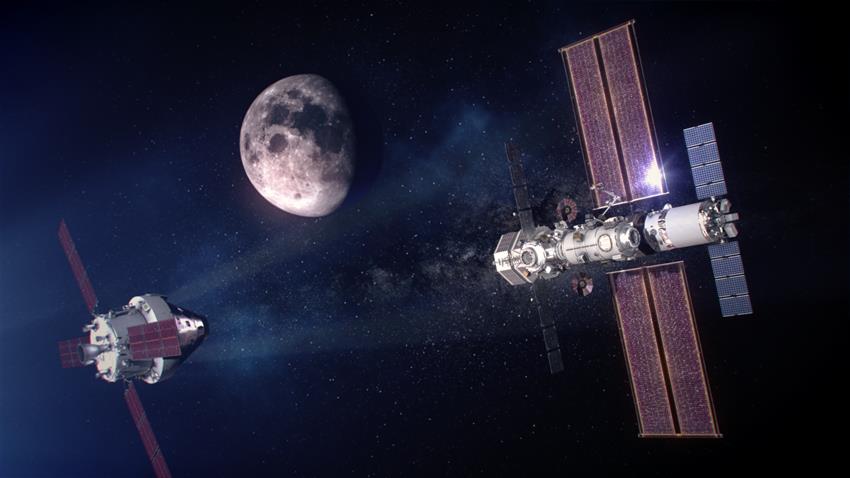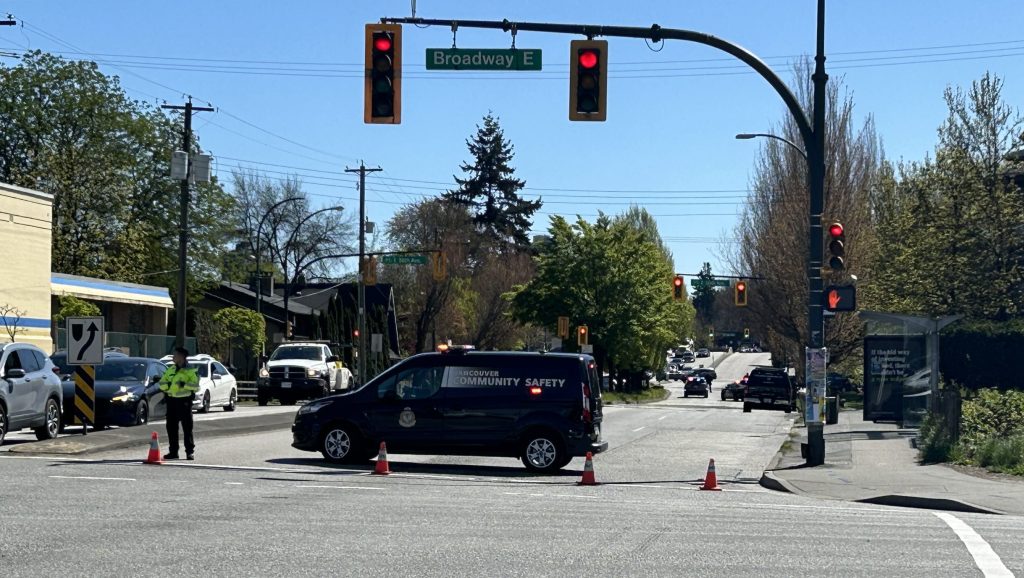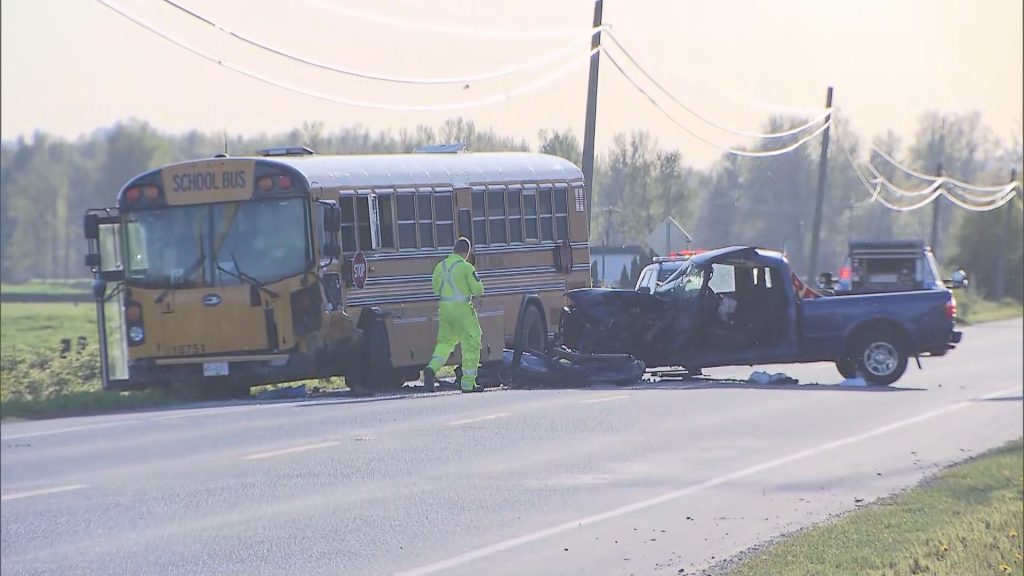UBC researchers prepare for return to the moon with NASA-led Artemis program

Posted August 25, 2022 7:41 pm.
Last Updated August 25, 2022 7:42 pm.
After nearly 50 years, the National Aeronautics and Space Administration (NASA) is planning a return to the moon with its Artemis program.
UBC researchers are preparing for Artemis-1′ 42-day journey by giving it a selection of yeast and algae cultures to see the effects of radiation after leaving the atmosphere.
Pharmaceutical sciences professor Corey Nislow is part of the study bringing these cultures to space — a first for the university.
Related Articles:
-
University of Calgary study examines if Mars ‘could have once supported life’
-
Chorizo, not star: French scientist shares photo, urges people to be critical of online images
-
Nichelle Nichols, Lt. Uhura on ‘Star Trek,’ has died at 89
“All of the cosmic radiation that comes from the solar wind that’s constantly being blown off from the sun, will hit and damage anything in its path,” Nislow told CityNews.
Nislow says his team is studying how these cultures are affected by radiation.
“So, here we are with an opportunity to look at the activity of every single gene,” he said.
This research could allow them to alter genes that aid in people’s recovery during cancer treatment, Nislow explained. He notes it’s rare for samples in space biology to come back to the lab, and when they do return, his team will be able to compare the findings to the university’s own research.
“This is an experiment that will definitely build on itself,” he said.
Associate professor at UBC’s Department of Physics and Astronomy Aaron Boley says this journey will be important to expand upon previous research done in the Apollo era, taken over 50 years ago.
We. Are. Going! #Artemis1 pic.twitter.com/Iw18qbQSnR
— Reid Wiseman (@astro_reid) August 25, 2022
“It’s been a very long process, so it’s very exciting to possibilities that are going to come out of this demonstration mission,” he said.
The mission will have the spacecraft orbit around the moon and test the conditions for a future manned mission. Artemis-1 will be launching from the Kennedy Space Center in Florida on Monday.
Boley says Vancouver researchers are also interested in the geographical record of the moon.
“Because when you have bombardment on the moon, which is then recorded through the craving record, then that bombardment also took place on Earth,” he explained.
Boley is hoping to learn more about how these craters evolved when the solar system first began, which will give more insight into Earth’s own record.
The findings of any potential signs of water on the moon will also be crucial, Boley says.
“Water, yes, it can be used for life support, but it’s also used for radiation shielding or rocket propellant,” he said.
Boley says these resources bring a geopolitical concern, as other countries may be interested in claiming these resources for their own space programs.










